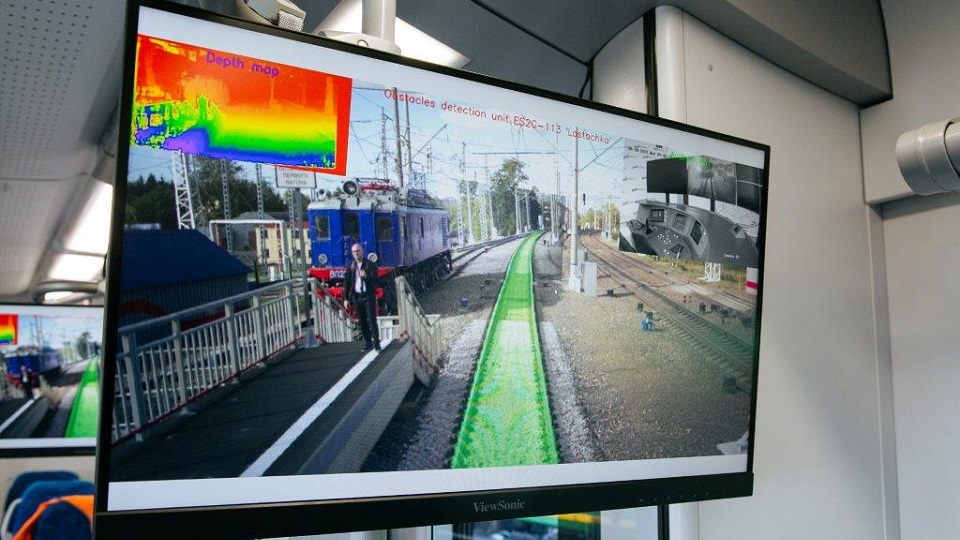The Russian Railways (RZD) will start using first autonomous passenger trains (GoA3) in the regular timetable in September this year. Pavel Popov, responsible for this project at the state-owned company, will tell how he will achieve this ambitious goal during RailTech Europe.
In the Moscow region, state-owned company RZD is currently testing two different passenger trains, and a third for GoA4 is under design. The first two are suitable for Grade of Automation 3 (GoA3). These trains, therefore, run completely autonomously, but there is still a driver on board to intervene in an emergency. The third test train will be a GoA4 version. The train does everything itself, including operating the doors.
Four Seasons
“We expect that certification of our passenger train GoA3 will be ready at the end of this year. From that moment on, we will use this train in the regular timetable,” says Popov. “The first year we want to have a driver on every train. That way, we can test the system under all circumstances with a minimal safety risk for our passengers. By testing for a year, we can see what the effects are of the different seasons. Especially the snow in winter will present challenges.”
All RZD self-driving trains are monitored from a central control center and can be controlled remotely if necessary. The remote driver also assesses whether a train that detects an obstacle and makes an emergency stop can continue or should really stop. Each carriage is equipped with cameras that allow the driver to see what is happening among the passengers. For the time being, the control center is housed in RZD’s interlocking building in Moscow and has only a few workplaces, but by 2023 there should be a brand new building where up to twenty drivers can simultaneously monitor the trains. Each driver will follow four to ten trains simultaneously.

Machine learning
The train itself is equipped with eight cameras, an infrared camera for good visibility even in bad weather conditions, and two Lidars. The localization is based on satellite navigation, IMU, SLAM, odometers, HD maps and algorithms that combine all data in the high-precision result. are built using machine learning. “We use some approaches from the automotive industry, among other things. The right datasets are the cornerstone for machine learning. ”
The biggest challenge, according to Popov, is to have an answer to all weather and traffic conditions. “We have very good simulation systems, but you can only be sure whether something will work properly if the practice tests also go well. For this, we let develop dummies that function as moving pedestrians or cyclists, for example. In the automotive industry, they work with moving dummies to test autonomous driving systems. Developing a variant suitable for crossing the track turned out to be a lot more difficult than making a dummy that moves on a flat road. They should be ready within a few months, but we are dependent on another institute for this. ”
Balance
We are also still working hard on the procedures for boarding and disembarking passengers on the platform. Here, too, the combination of cameras and lidars plays a leading role. With these aids, the passengers and their behavior must be registered and processed by the platform’s systems and in the train. “When getting in and out, many problems can arise, and the safety risks are great. The process must be fast enough but safe. Finding a good balance here is difficult.”

